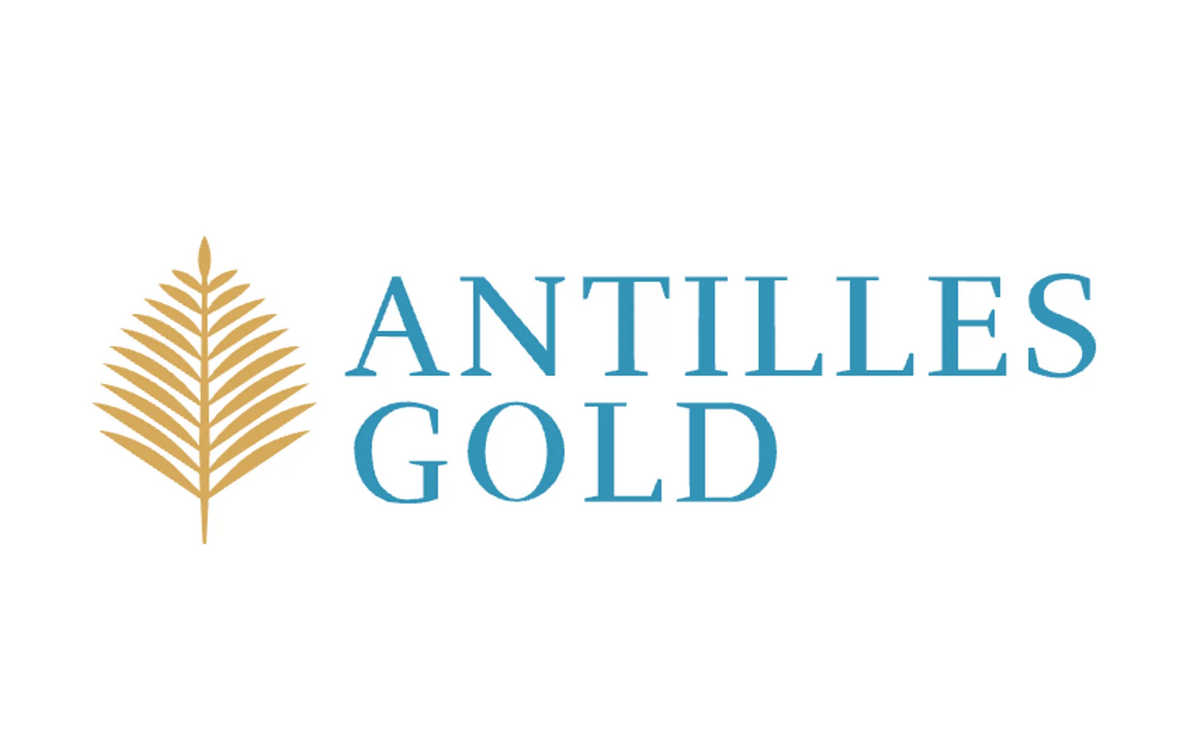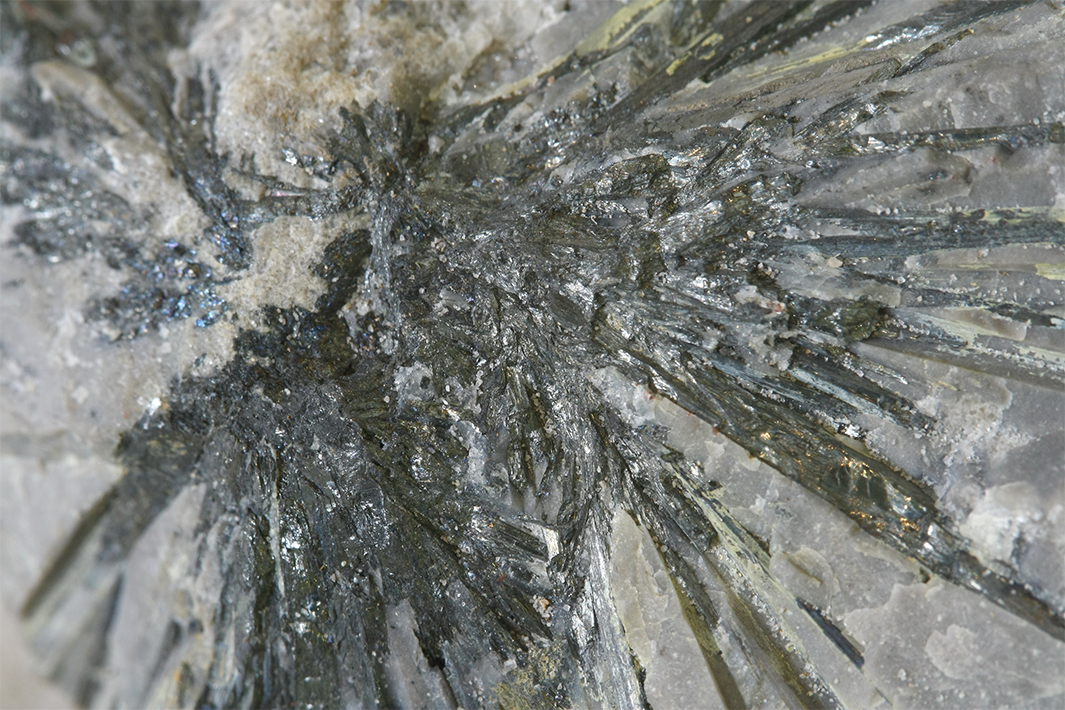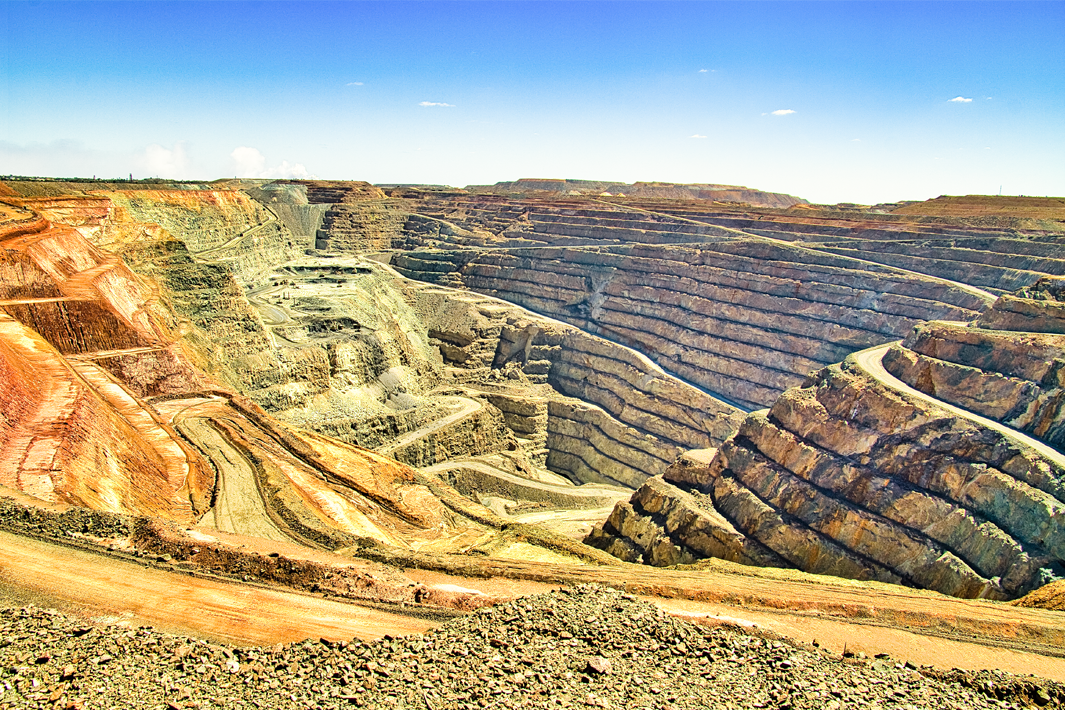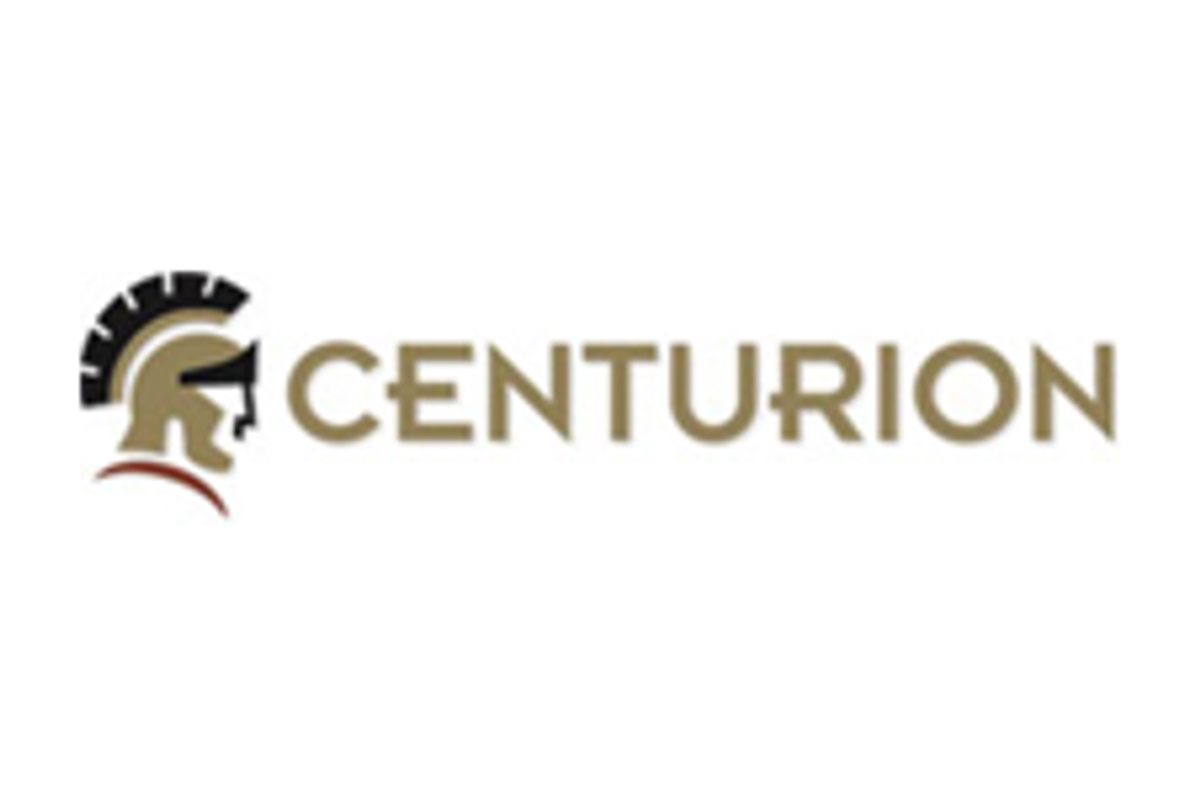
- NORTH AMERICA EDITIONAustraliaNorth AmericaWorld
July 14, 2024
Antilles Gold Limited (“Antilles Gold” or the “Company”) (ASX: AAU, OTCQB: ANTMF) advises that it has received applications for a total of 464,892,732 entitlement shares and shortfall shares from its Rights Issue which closed on 9 July 2024.
The Company will issue 464,892,732 new fully paid ordinary shares, and 232,446,377 new options exercisable at $0.01 each on or before 31 December 2026, and will apply for quotation of the options on the ASX. The new securities are expected to be issued on or before Tuesday 16 July 2024.
The Company intends to supplement the $1.86 million raised over the next three months by a placement to a cornerstone shareholder, and with proceeds from the anticipated sale of around $1.3 million of surplus plant and equipment.
The Company is currently in discussions with a substantial Investment Group that have expressed interest in becoming a 19.9% shareholder, and if the proposed transaction proceeds, they would seek to appoint a director to Antilles Gold’s Board and possibly to the Board of the Cuban joint venture company, Minera La Victoria SA, and actively support the objectives of the joint venture. Negotiations on this matter are continuing.
Antilles Gold wishes to thank all shareholders and new investors who have taken up shares in the issue as it will allow the Company to subscribe for a further $1.2 million of shares in Minera La Victoria, leaving only ~$0.8 million outstanding to finalise its $23.0 million (US$15.0 million) earn-in for a 50% shareholding, and will ensure the completion of pre-development activities for the small, but important, Nueva Sabana mine, and continuity of the DFS for the La Demajagua project.
END
This announcement has been authorised by the Board of Antilles Gold Limited. For further information, please contact:
Brian Johnson, Chairman,
Antilles Gold Limited T: +61 (02) 4861 1740
E: brianjohnson@antillesgold.netClick here for the full ASX Release
This article includes content from Antilles Gold, licensed for the purpose of publishing on Investing News Australia. This article does not constitute financial product advice. It is your responsibility to perform proper due diligence before acting upon any information provided here. Please refer to our full disclaimer here.
AAU:AU
The Conversation (0)
23 June 2024
Antilles Gold Limited
Developing Gold and Copper Projects in mineral‐rich Cuba
Developing Gold and Copper Projects in mineral‐rich Cuba Keep Reading...
17 February 2025
Antilles Gold to Raise $1.0M for Working Capital
Antilles Gold Limited (AAU:AU) has announced Antilles Gold to Raise $1.0M for Working CapitalDownload the PDF here. Keep Reading...
31 January 2025
Quarterly Activities/Appendix 5B Cash Flow Report
Antilles Gold Limited (AAU:AU) has announced Quarterly Activities/Appendix 5B Cash Flow ReportDownload the PDF here. Keep Reading...
12 January 2025
Summary of Pre-Feasibility Study for Nueva Sabana Mine
Antilles Gold Limited (AAU:AU) has announced Summary of Pre-Feasibility Study for Nueva Sabana MineDownload the PDF here. Keep Reading...
11 December 2024
Revision to Updated Scoping Study Nueva Sabana Mine, Cuba
Antilles Gold Limited (AAU:AU) has announced Revision to Updated Scoping Study Nueva Sabana Mine, CubaDownload the PDF here. Keep Reading...
31 December 2025
Utah’s Antimony Resource: A Strategic Investment Play in Critical Minerals
Utah may be best known for its copper and gold legacy, but hidden beneath its rugged terrain lies one of the most overlooked critical mineral opportunities in the US: antimony. With global supply heavily concentrated in China and export restrictions tightening, Utah’s underexplored antimony... Keep Reading...
30 December 2025
Hidden Gem: How Intrusion-related Gold Deposits Could Fuel Next-generation Discoveries
With the gold price continuing to hover near all-time highs and major producers scouring the globe for new large-scale deposits, one type of gold system is emerging as a potential game changer. Intrusion-related gold systems (IRGS) have already yielded multimillion-ounce mines, like Kinross... Keep Reading...
30 December 2025
Finding Gold: Exploring New Zealand’s Next Big Discovery
Despite its rich mining legacy, New Zealand remains one of the most underexplored frontiers for gold in the developed world. Now, with advanced exploration tools and a new generation of explorers, the country is emerging as a hotbed of untapped investment opportunity.Modern exploration... Keep Reading...
Latest News
Interactive Chart
Latest Press Releases
Westport Announces Board of Directors Update
02 January
Related News
TOP STOCKS
American Battery4.030.24
Aion Therapeutic0.10-0.01
Cybin Corp2.140.00






